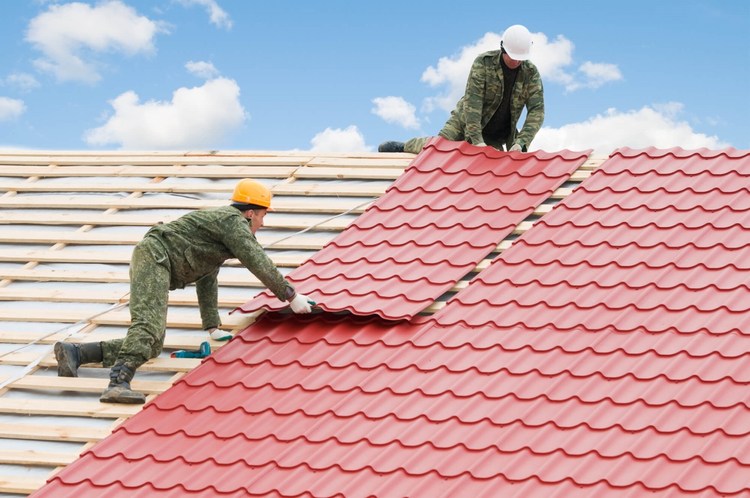Selecting durable fixtures for high-use wash areas
High-use wash areas require fixtures and finishes that stand up to constant moisture, frequent cleaning, and varied user needs. This article outlines practical strategies for selecting durable materials and systems that address ventilation, waterproofing, plumbing reliability, and accessibility while keeping maintenance and sustainability in mind.

High-use wash areas demand a balance between resilience and practicality. Durable fixtures, thoughtful layout, and appropriate materials reduce long-term maintenance and limit problems such as mold and moisture damage. This article covers key considerations—ventilation, waterproofing, tiles and surfaces, plumbing, lighting and storage, accessibility, and sustainability—so designers, homeowners, and facility managers can make informed choices during renovation or specification.
Ventilation, mold, and moisture control
Effective ventilation is the first line of defense against mold and persistent moisture. Specify exhaust fans sized to the room’s volume and intended use, and consider humidity-sensing controls that run the fan until relative humidity drops to safe levels. Supplement mechanical ventilation with operable windows where climate and privacy allow. Use vapor-permeable paints and moisture-resistant backing boards to reduce trapped vapor. Regular inspection of seals around fixtures and timely grout maintenance also limits moisture migration that can feed mold growth.
Choosing fixtures and waterproofing strategies
Select fixtures rated for commercial or heavy residential use when specifying for high-traffic wash areas. Look for corrosion-resistant finishes and solid mounting systems that tolerate repeated use. Combine fixtures with a continuous waterproofing system—liquid-applied membranes or sheet systems—particularly where walls meet wet zones. Pay attention to transition details: penetrations for faucets, hand dryers, and dispensers must be sealed with compatible materials to maintain the waterproof barrier and reduce hidden water damage.
Tiles, surfaces, and moisture-resistant finishes
Tile choices influence durability, cleanability, and slip resistance. Porcelain or vitrified tiles tend to be denser and less absorbent than ceramic, making them suitable for floors and wet walls. Choose grout and joint sealants formulated for wet environments and plan for movement joints to prevent cracking under thermal or structural shifts. For countertops and vanities, consider solid-surface materials or engineered stone with non-porous finishes to reduce staining and microbial growth compared with untreated natural stone.
Plumbing durability and maintenance planning
Plumbing components should be chosen for longevity and easy servicing. Use commercial-grade valves, durable supply lines, and accessible shutoffs to minimize downtime during repairs. Group plumbing fixtures to reduce the length of runs and simplify maintenance. Specify anti-scald and pressure-balancing valves for safety in shared facilities. Coordinate with local services for installation standards and allow access panels or removable chases where frequent maintenance is expected to avoid destructive repairs that compromise waterproofing.
Lighting, storage, and accessibility considerations
Durable lighting reduces replacement cycles—choose fixtures with sealed housings rated for damp or wet locations and low-maintenance LED sources. Design storage to protect supplies from moisture: ventilated cabinets and raised shelving minimize damp contact. For accessibility, select fixtures and hardware that meet dimensional standards and are resilient to repeated use, such as lever handles and wall-mounted dispensers with durable mounting. Thoughtful placement of lighting and storage improves safety and longevity of finishes.
Sustainability and renovation decision-making
Sustainability can align with durability: long-lasting fixtures, water-efficient fittings, and materials with low embodied energy reduce lifecycle impacts. Choose fixtures with proven repairability and replaceable parts to extend useful life. During renovation, prioritize upgrades that improve energy and water performance—efficient ventilation controls, low-flow but reliable plumbing fixtures, and LED lighting—while selecting materials with maintenance profiles suited to the facility’s cleaning regimen. Consider product warranties and manufacturer support when evaluating lifecycle value.
Conclusion
Durable high-use wash areas result from integrated decisions across ventilation, waterproofing, materials, plumbing, lighting, storage, and accessibility. Prioritize robust fixtures, proper moisture management, and maintainable finishes to minimize mold risk and repair needs. Combining practical design with sustainable choices supports long-term performance and reduces total cost of ownership over the life of the space.





